We assess this small SUV with big ambition (and hidden depths)
In the new Puma small SUV, Ford believes it has designed a car with the impact of previous European successes such as the original Ford Focus compact, S-Max MPV and Kuga SUV.
“We knew we could create something iconic,” Ford of Europe head of design Amko Leenarts said of the design process. “I’ve never seen so many designers hanging around a milling machine. They couldn’t wait to see how exciting it looked.”
The Puma goes on sale January next year to give Ford the product it has lacked in the ultra-competitive small SUV segment, which was originally led by the Nissan Juke and then dominated by the Renault Captur and Peugeot 2008.
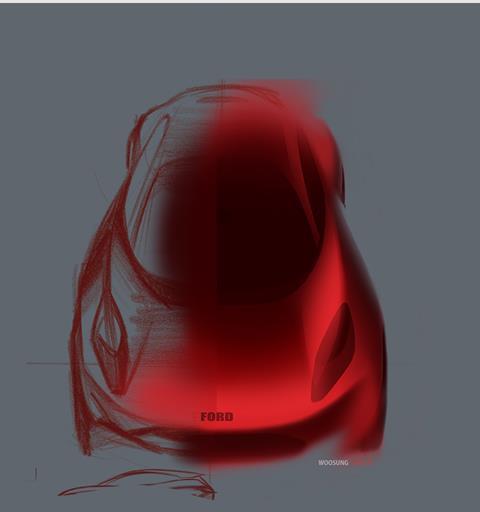
Ford has so far had to make do with the Brazilian-originated EcoSport, which has taken a lot of reworking to make the rugged and basic car acceptable to the European market. The Puma will sit above the EcoSport to give European buyers the sexy, sophisticated car-derived small SUV that for so long they’ve bought from other brands.
“Ford of Europe has the highest amount of customers that put the exterior first among reasons to buy, so we needed the wow effect,” Leenarts said.
It was liberating for Leenarts and his team operating from Ford’s European design HQ in Merkenich in near Cologne, Germany, to create a car that’s aimed primarily at Europe. “You can truly solve everyday problems European customers have in typical European cities. Nobody was pushing us to say the car should be bigger, or pedestrian protection rules needs a larger overhang, or that rear passengers need more headroom, which is a typical Chinese demand,” he said. “Because the starting point is so clear, then it is the most fun to work on. Then it feels liberating.”
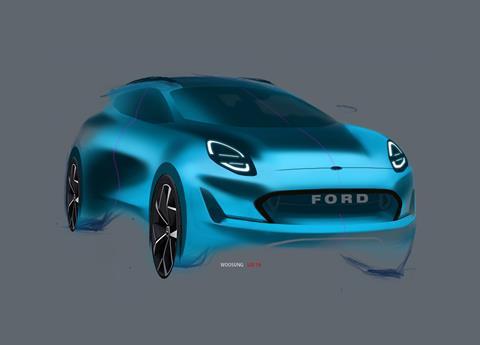
The starting point mechanically was the Fiesta’s B2 small-car platform, but the designers made some expensive demands on the engineers to be able to get the wide-tracked, big-wheeled (up to 19in) look they wanted. For cash-strapped Ford this was a tough ask. “It was a difficult decision at the beginning. Should we invest all this money in the platform to make Puma happen?” Sigurd Limbach, vehicle line director for Ford B-cars, said. The track width was increased by 58mm over the Fiesta, and the chassis and suspension are essentially all-new because it.
This was expensive but Ford executives greenlighted it in part because initial designs from Leenarts’ team played so well in focus groups. “It did really well relative to competitors,” said George Saridakis, Ford of Europe head of interior and external design. “The research was so compelling we had a really good argument to push back and get the design we wanted.”
Leenarts credits Saridakis with the high-bodied look. “In the early design sketches we still had a lot of wedge in the DLO [daylight opening] but until George made the excellent suggestion do an anti-wedge and connecting the lamps to give the long look to the hood,” says Leenarts. “That was probably the most exciting moment.” The effect of this unifying line is helped by the ‘floating’ A-pillar which is blacked off at the base to accentuate the line that runs horizontally from the upright headlights along the hood and window base before kicking up over the rear wheelarch to connect with the taillamp.
The small SUV segment is full of emotional designs that have been very successful in persuading buyers to pay more for what’s still a small car (the Puma is just 4186mm long, compared to 4040mm for the Fiesta). Some designs have adopted a polarising look pioneered by the Juke, while others are more conservative. Ford aimed to tread between the two. “We wanted to stand out and be compelling and attractive but not be a weird science project,” Saridakis said.
The design of the Puma steers clear of the ruggedness of the EcoSport to produce something that’s both athletic and simple. “We don’t rely on a tensioned, crisp line front to rear to convey the dynamism of the car,” Saridakis said. “Instead we’re using the wheelarches and their positioning of the muscles to convey that.” The rounded forms this creates didn’t look “blobby” because the engineers gave the designers the car the proportions they wanted. “It would be very easy to mess up with such surface language. But it pulls it off because everything is in the right place,” Saridakis said.
The engineers didn’t lose out – the wide track gives them the opportunity to inject the dynamism into the driving style that’s often lacking in the segment and also increase the space inside. The goal was not just to design the Puma to look sexy, but make the interior thoroughly useable, especially in the boot, in both width and depth. “Joe Bakaj [Ford of Europe VP of product development, since retired] was very instrumental in supporting this, and he kept pushing us. ‘One metre! One metre!’ he’d keep saying,” Saridakis said.
One metre was the target width of the boot opening, but the designers found the taillights were being squeezed further and further out. So they asked split the taillights across the boot lid, which was already a costly item because it sits flush without a bumper step. “Research helps you to have all these extras,” Saridakis said.
The interior itself is pretty much pure Fiesta to help claw back some costs, with the addition of zipped seat fronts supplied by Adient for cleaning or for personalisation (something the Renault Captur also has). However the Puma’s interior party piece is the boot itself. Under a removeable boot floor sits an enormous 80-litre glassfibre box to increase the total size to 456 litres. The idea came from the designer ‘energy rooms’ where they collectively came with incremental features. “What’s the point of doing a good looking car if it didn’t add anything for the customer?” Saridakis said. It helped that the only electrification the car will have is a mild-hybrid option.
The studio had a foam-core mock-up of the boot space to help them visualise it, and once they’d incorporated they had to work out how to hide it. They were satisfied with the result, said Saridakis: “You don’t walk around the car thinking it’s going to swallow enough luggage for three months.”
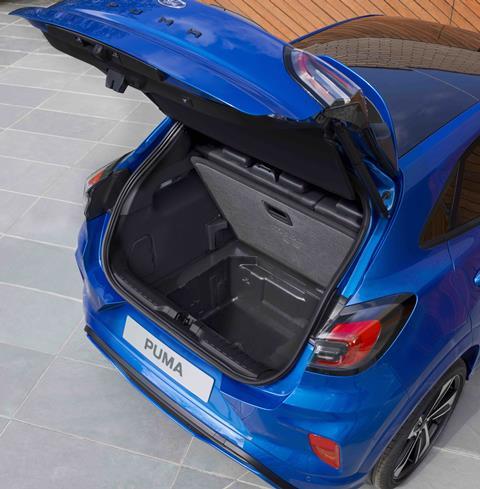


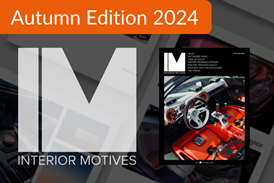









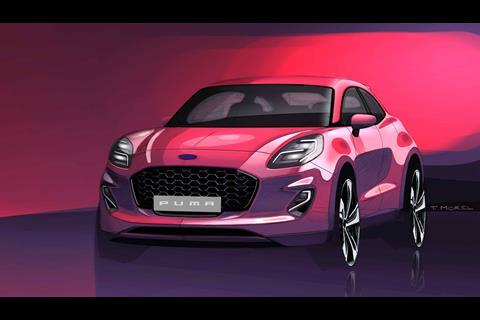

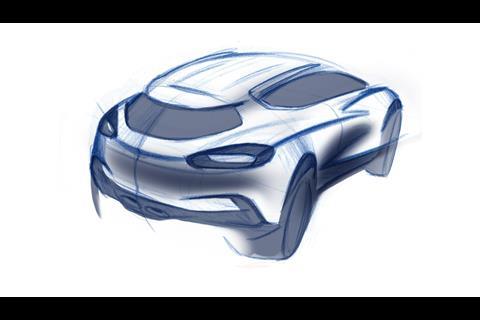

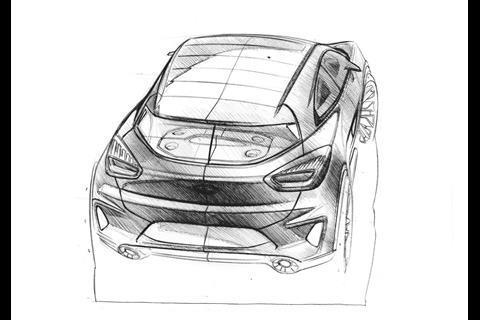


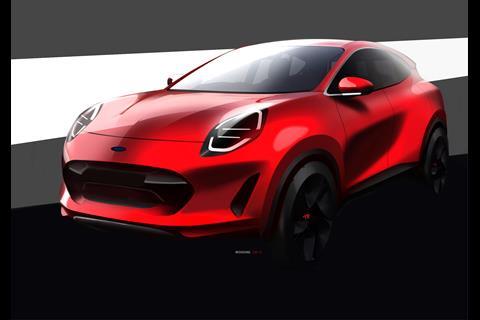
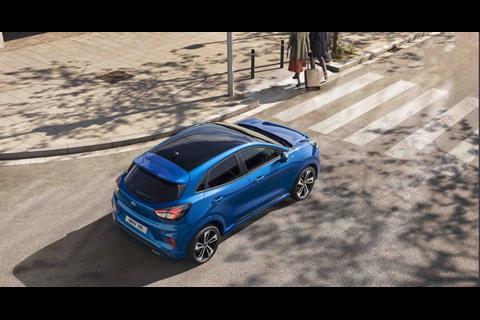
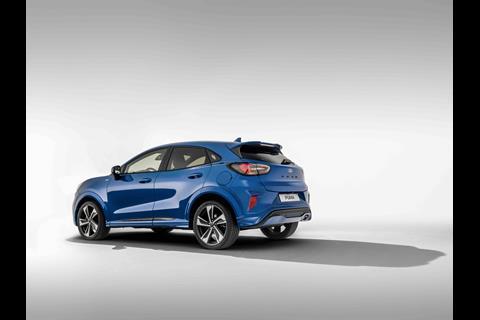
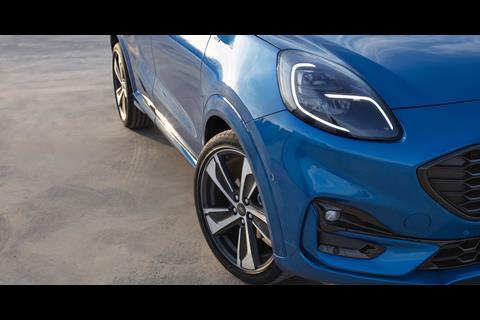
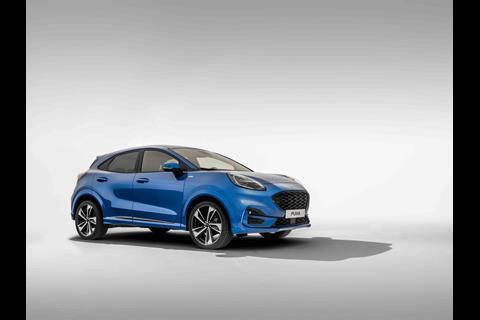
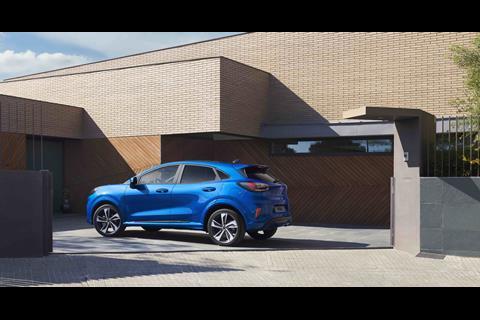

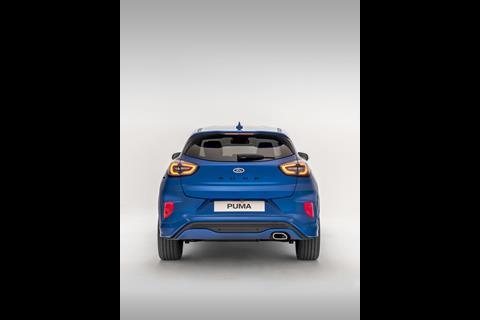
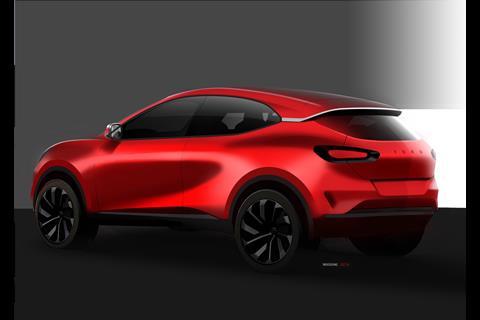
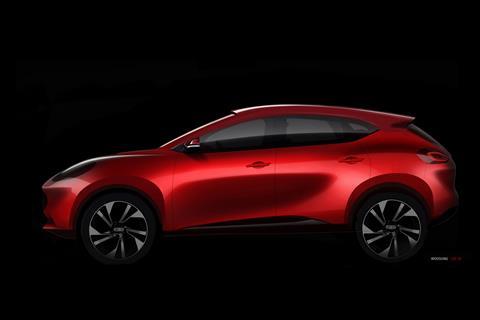

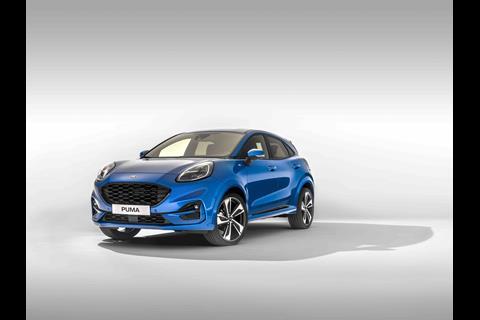
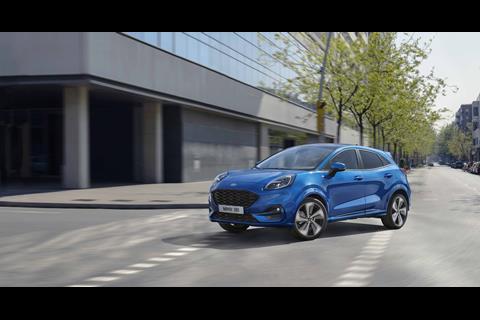
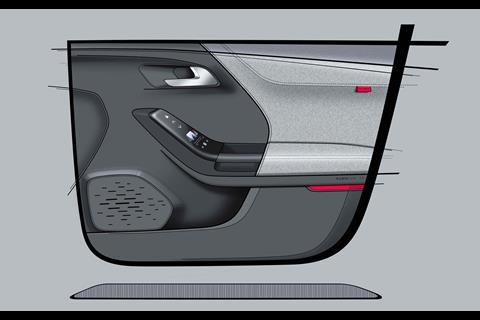
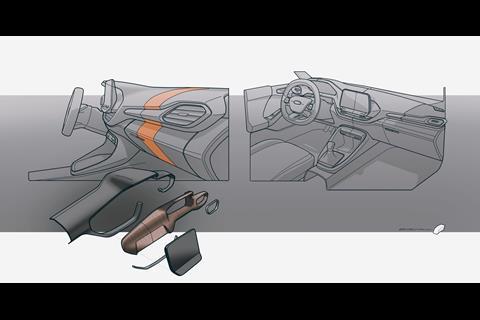
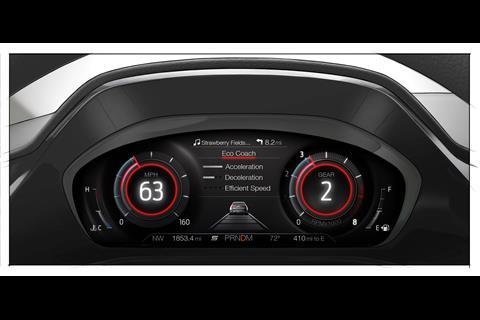
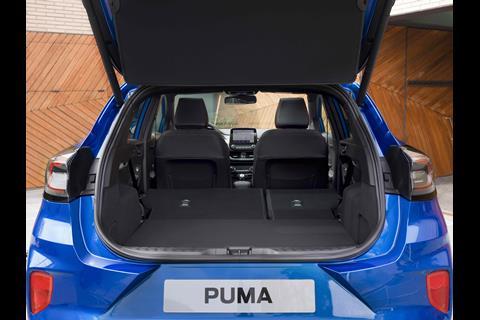


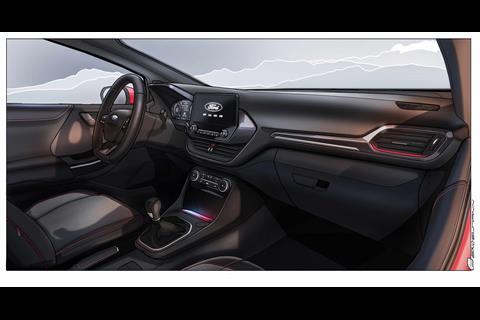
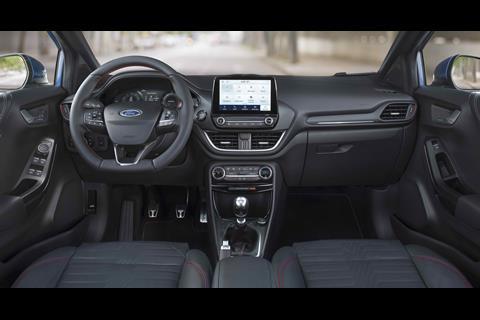

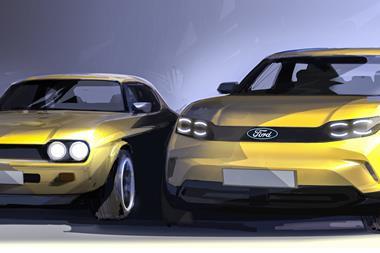
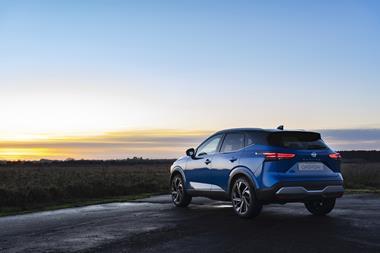
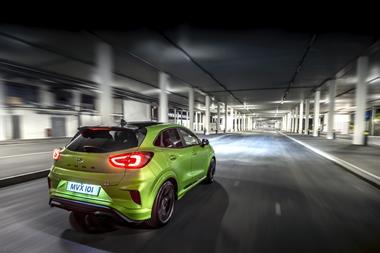
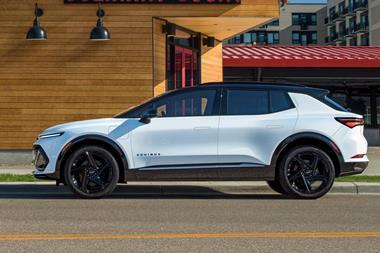

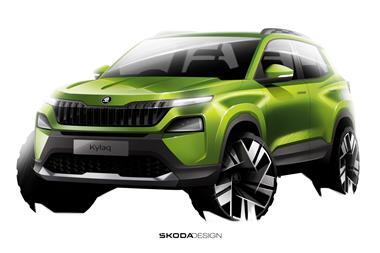
No comments yet